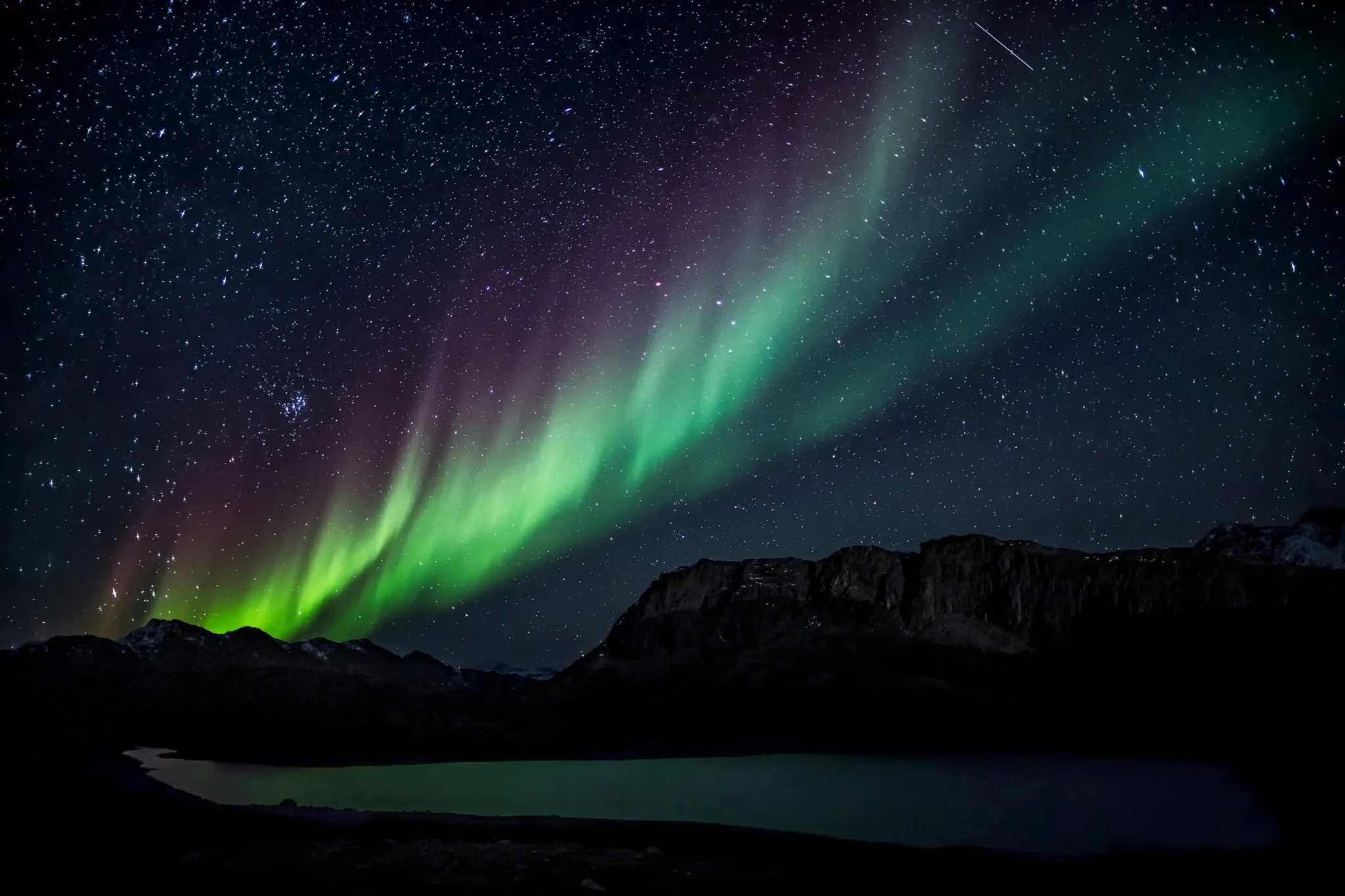Have you ever heard of the Northern Lights? Also known as the Aurora Borealis in north and aurora australis in south, these stunning light displays grace the night skies of the Earth’s northern regions. Imagine curtains of colorful lights dancing across the heavens, painting the darkness with hues of green, pink, purple, and blue. The Northern Lights are truly one of nature’s most breathtaking spectacles.
Table of Contents
Also Read: Understanding Avalanches: Science, Risks, and Safety Measures
Understanding the Science Behind the Aurora Borealis
So, what exactly causes the Northern Lights?
It all begins with our Sun. The Sun constantly releases particles called solar wind into space. When these charged particles reach the Earth’s magnetic field, they interact with gases in the atmosphere, such as oxygen and nitrogen.
This interaction causes the gases to emit light, creating the dazzling display we know as the Northern Lights. Different gases emit different colors of light. For example, oxygen produces green and red hues, while nitrogen can create shades of purple and blue.
Where to Witness the Phenomenon
To catch a glimpse of the Northern Lights, you’ll need to head to regions near the Arctic Circle, such as Alaska, Canada, Iceland, Norway, Sweden, Finland, and Russia. These areas offer some of the best opportunities to witness this magical phenomenon. However, the lights can sometimes be seen from locations farther south, especially during periods of heightened solar activity.
Cultural Beliefs and Legends
Throughout history, people have been captivated by the Northern Lights, often weaving them into myths and legends. In some indigenous cultures, the lights are believed to be the spirits of ancestors or gods dancing in the sky. Others saw them as omens of good fortune or impending doom.
In Norse mythology, the Northern Lights were said to be the armor of the Valkyries, warrior maidens who escorted fallen warriors to the afterlife. Even today, the lights continue to inspire awe and wonder, connecting us to the rich tapestry of human history and imagination.
Tips for Catching a Glimpse
If you’re eager to witness the Northern Lights for yourself, there are a few things to keep in mind. First, choose a location with minimal light pollution and clear, dark skies. The best time to see the lights is during the winter months when nights are longest and skies are darkest.
Additionally, check the local weather forecasts and aurora forecasts to increase your chances of witnessing the spectacle. Patience is key, as the Northern Lights can be unpredictable. But when they do appear, the wait is more than worth it for the opportunity to witness nature’s own light show.




